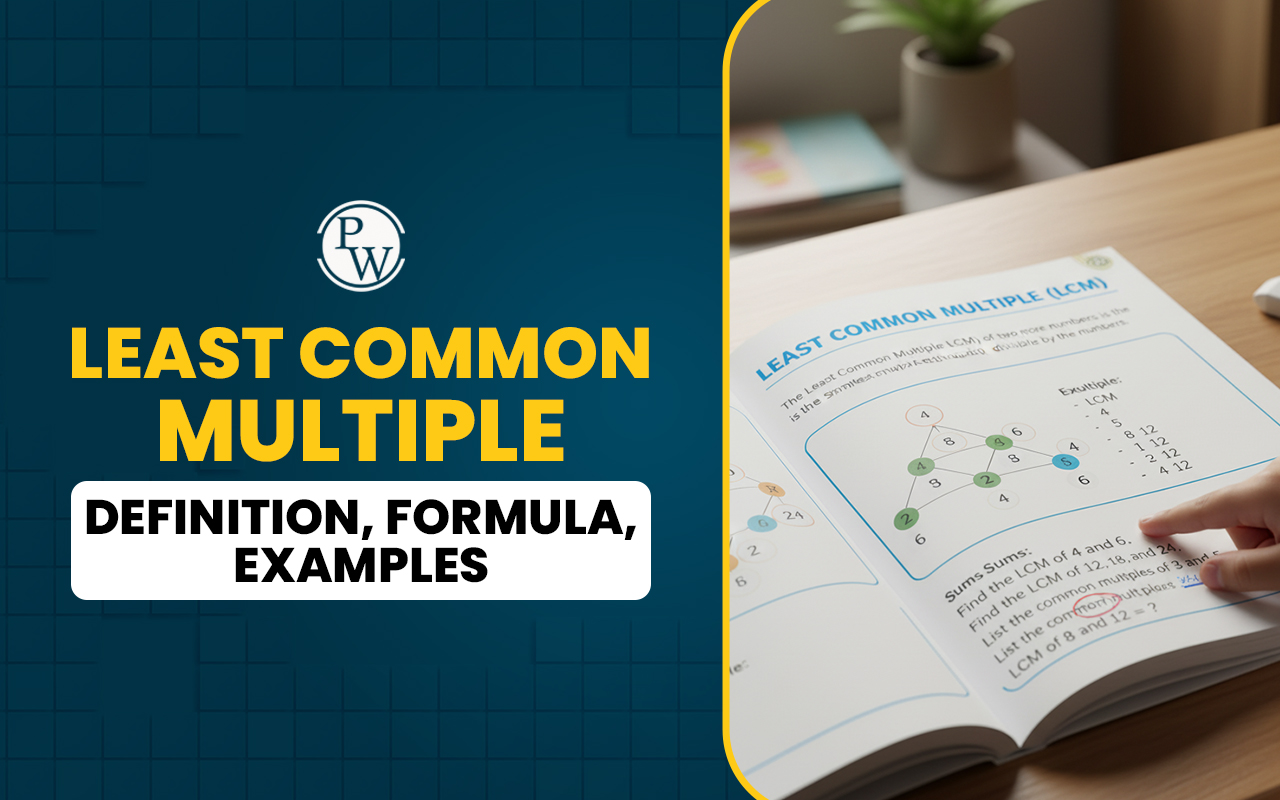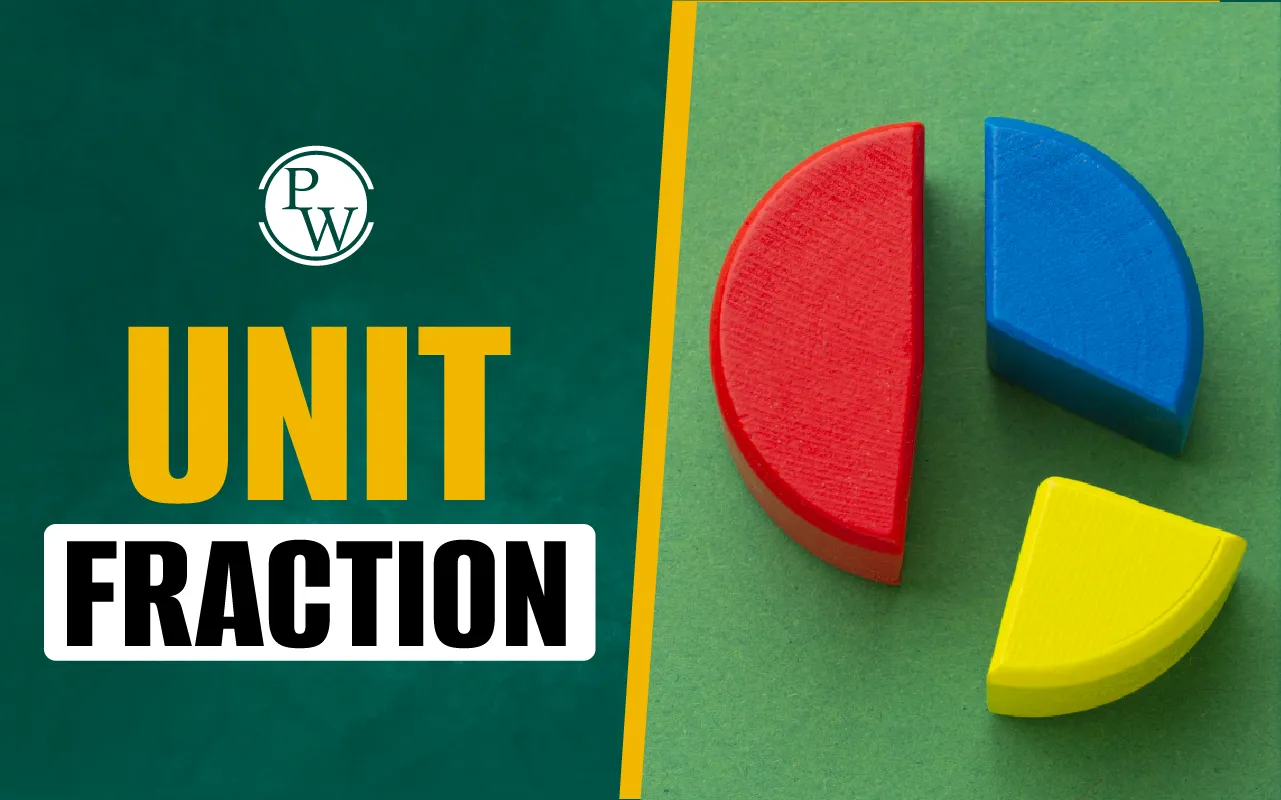
Conjunctions : Words that connect parts of sentences to create more complicated sentences are called conjunctions. They are very helpful. Conjunctions help us make our sentences shorter, less repetitious, and less confusing. They are important in both writing and speaking to connect similar ideas.
What is Conjunction?
A conjunction is a word used to connect words, phrases, or clauses within a sentence. By joining various elements of a sentence, conjunctions enable us to convey complex thoughts and relationships between ideas. For example, consider the sentence:- I like pizza + I like pasta → I like pizza and pasta.
What Do Conjunctions Do?
Conjunctions connect words, sentences, and clauses (both dependent and independent). The conjunctions are used to define their particular purpose. Let's understand the Definition and then types of conjunction so that one can get an idea how to use them in sentences.Definition of a Conjunction
A conjunction is described as "a word such as 'and', 'but', 'while', or 'although' that connects words, phrases, and clauses in a sentence" according to the Cambridge Dictionary. According to the Oxford Learner's Dictionary, a conjunction is a "word that joins words, phrases or sentences, for example, and, but or so." The definition provided by the Collins Dictionary differs a bit. It defines a conjunction as "any word or group of words that connects words, phrases, or clauses, other than a relative pronoun."Also Read about - Riddles
Conjunctions List
Only a few conjunctions are commonly used, yet these words have several uses. They provide explanations, ideas, exceptions, results, and comparisons. The following is a list of common conjunctions in English:- And
- As
- Because
- But
- For
- Just as
- Or
- Neither
- Nor
- Not only
- So
- Whether
- Yet
Types of Conjunctions
Conjunctions are generally divided into three main categories based on how they connect different parts of a sentence:- Coordinating Conjunctions
- Subordinating Conjunctions
- Correlative Conjunctions
1. Coordinating Conjunctions
Coordinating conjunctions are used to join two or more elements that are of equal importance or similar grammatical structure, such as words, phrases, or independent clauses (complete thoughts). These conjunctions provide a way to link elements in a parallel structure, helping the sentence to feel balanced. The most common coordinating conjunctions are remembered by the acronym FANBOYS , which stands for:- F or
- A nd
- N or
- B ut
- O r
- Y et
- S o
Examples of Coordinating Conjunctions:
- For : She stayed home, for it was raining heavily.
- And : I want to buy an apple and an orange.
- Nor : He neither studied nor did he attend the class.
- But : She is young, but she is very talented.
- Or : Would you like tea or coffee?
- Yet : He is very talented, yet he remains humble.
- So : I was hungry, so I made a sandwich.
Example :
- I wanted to go for a walk, but it started raining.
2. Subordinating Conjunctions
Subordinating conjunctions connect an independent clause (a complete thought) with a dependent clause (which cannot stand alone as a sentence). These conjunctions establish a relationship of dependency between the two clauses, often showing cause and effect, time, condition, contrast, or other relationships. Common subordinating conjunctions include words like:- After
- Although
- Because
- Before
- If
- Since
- Unless
- Until
- While
- When
- Because
Examples of Subordinating Conjunctions:
- Because : I stayed home because I was feeling unwell.
- Although : Although he was tired, he continued working.
- If : I will go if you come with me.
- When : I’ll call you when I arrive.
- Before : You must finish your homework before you can play.
- Since : Since it was raining, we decided to stay inside.
- Unless : I won't go to the party unless you come with me.
Example :
- Because I was late, I missed the bus.
3. Correlative Conjunctions
Correlative conjunctions are pairs of conjunctions that work together to join elements of equal importance in a sentence. These conjunctions function as pairs and help connect phrases, clauses, or words. Common pairs of correlative conjunctions include:- Either … or
- Neither … nor
- Not only … but also
- Both … and
- Whether … or
Examples of Correlative Conjunctions:
- Either … or : You can either take the bus or walk to school.
- Neither … nor : He is neither tall nor short.
- Not only … but also : She is not only a talented artist but also an excellent singer.
- Both … and : I like both football and basketball.
- Whether … or : Whether you agree or not, we have to finish this task.
Why Are Conjunctions Important?
Conjunctions are vital for forming smooth, grammatically correct, and meaningful sentences. They help in:- Creating Complex Sentences : By joining clauses, conjunctions allow writers to form more complex sentences rather than simple, choppy ones. Example : "I am going to the market. I will buy vegetables." → "I am going to the market and I will buy vegetables."
- Showing Relationships : Conjunctions highlight the relationship between different ideas, such as cause and effect, contrast, or conditions. Example : "He did not study. He failed the test." → "He did not study, so he failed the test."
- Enhancing Sentence Flow : Without conjunctions, sentences would feel disconnected. Conjunctions ensure that the different parts of the sentence flow together seamlessly.
Common Mistakes to Avoid with Conjunctions
While conjunctions are helpful, they can also cause confusion if not used properly. Here are a few common mistakes:Incorrect use of coordinating conjunctions :
- Incorrect : I wanted to go out, and but it was too late.
- Correct : I wanted to go out, but it was too late.
Misplacing subordinating conjunctions :
- Incorrect : I will go home before I finished my homework.
- Correct : I will go home after I finished my homework.
Unbalanced correlative conjunctions :
- Incorrect : He likes both basketball and playing football.
- Correct : He likes both basketball and football.
| Preposition | Tense Chart |
| Alphabet | Adjectives |
Conjunctions FAQs
Q1- What is a conjunction?
Ans- Two or more objects, phrases, or sentences can be combined with a conjunction. It is also known as connectors since they are used to connect sentences.
Q2- Where can a conjunction be placed in a sentence?
Ans - If a sentence uses conjunctions to join clauses, they are placed in the last part of the sentence. Conjunctions can appear at the start, middle, or end of a sentence if they are used to connect phrases or objects, depending on where the items or phrases are placed.
Q3- Give some examples of conjunctions.
Ans- Conjunctions include and, or, so, since, for, because, as, but, yet, yet, while, as soon as, therefore, moreover, in case, however, although, even though, etc.
Q4- What is a correlative conjunction?
Ans- Conjunctions that are correlated are used in pairs. They connect opposite or equal parts.
Talk to a counsellorHave doubts? Our support team will be happy to assist you!

Check out these Related Articles
Free Learning Resources
PW Books
Notes (Class 10-12)
PW Study Materials
Notes (Class 6-9)
Ncert Solutions
Govt Exams
Class 6th to 12th Online Courses
Govt Job Exams Courses
UPSC Coaching
Defence Exam Coaching
Gate Exam Coaching
Other Exams
Know about Physics Wallah
Physics Wallah is an Indian edtech platform that provides accessible & comprehensive learning experiences to students from Class 6th to postgraduate level. We also provide extensive NCERT solutions, sample paper, NEET, JEE Mains, BITSAT previous year papers & more such resources to students. Physics Wallah also caters to over 3.5 million registered students and over 78 lakh+ Youtube subscribers with 4.8 rating on its app.
We Stand Out because
We provide students with intensive courses with India’s qualified & experienced faculties & mentors. PW strives to make the learning experience comprehensive and accessible for students of all sections of society. We believe in empowering every single student who couldn't dream of a good career in engineering and medical field earlier.
Our Key Focus Areas
Physics Wallah's main focus is to make the learning experience as economical as possible for all students. With our affordable courses like Lakshya, Udaan and Arjuna and many others, we have been able to provide a platform for lakhs of aspirants. From providing Chemistry, Maths, Physics formula to giving e-books of eminent authors like RD Sharma, RS Aggarwal and Lakhmir Singh, PW focuses on every single student's need for preparation.
What Makes Us Different
Physics Wallah strives to develop a comprehensive pedagogical structure for students, where they get a state-of-the-art learning experience with study material and resources. Apart from catering students preparing for JEE Mains and NEET, PW also provides study material for each state board like Uttar Pradesh, Bihar, and others
Copyright © 2025 Physicswallah Limited All rights reserved.
Get App









